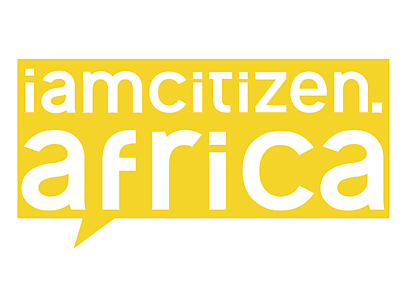Using the theory of change to evaluate and strengthen social investments
Posted by Ayanda Khuzwayo on 17 March 2021, 13:40 SAST


Organisations remain under enormous pressure to monitor and evaluate their social investment programmes for learning purposes and adaptive management. They are also often faced with heavy workloads due to conflicting demands from multiple donors with different contractual and reporting requirements. Despite these pressures, non-profit organisations must demonstrate the impact and value of their social initiatives in order to secure funding support and evolve. Monitoring and evaluation (M&E) has additionally come to be recognised as an essential component of social investment as it allows funders to meaningfully assess the impact of their work.
All too often however, current M&E practice focuses on inputs (e.g. amount of money invested) and outputs (e.g. the number of people reached), along with a few anecdotal “success stories” for additional context. While this information is useful and necessary, it is not sufficient. This is why Tshikululu works with social investors to utilise the Theory of Change (ToC) as a critical tool to monitor and evaluate the efficiency and effectiveness of their activities.
A ToC is defined as a series of critical thinking exercises that provides a comprehensive picture of early, intermediate and long-term changes in a given community[1]. It paints a strategic picture of the multiple interventions required to produce desired outcomes that are preconditions for one’s ultimate social investment goal(s). It should provide clarity as to what the social investor is trying to achieve and, perhaps most importantly, forces the discipline of going beyond inputs and outputs to outcomes and impact. This is the real “meat” of social change, which all too often gets left out of the discussion. In short, a ToC explicitly enables stakeholders to understand and strengthen the processes of change to maximise results.
For years, Tshikululu has worked closely with our clients across sectors to design ToCs as part of high-quality M&E. This tool helps us to lay out a clear case for change and ensures alignment between the activities being supported on the ground and the goal(s) our clients hope to achieve. In addition, it requires social investors to think about the metrics they want to measure and data they want to analyse. By employing the use of ToC as a scientific, participatory tool to measure social change, we can avoid “measurement for measurement’s sake”!
Through our work with clients, the ToC has assisted Tshikululu to understand success beyond “what works” so that we can establish predictive trends and new strategies. While far from a “magic bullet” to solve all planning and evaluation challenges, a ToC should be used by social investors and M&E specialists to enable critical thinking, continuous learning and adaptive implementation. In this way it can simultaneously help to evaluate and strengthen social investments.
Original Article can be accessed at Tshikululu Social Investment
